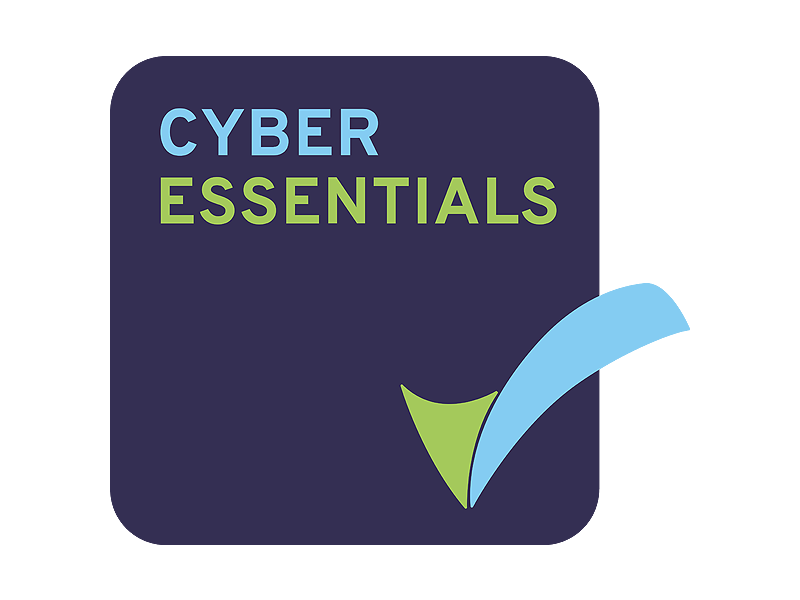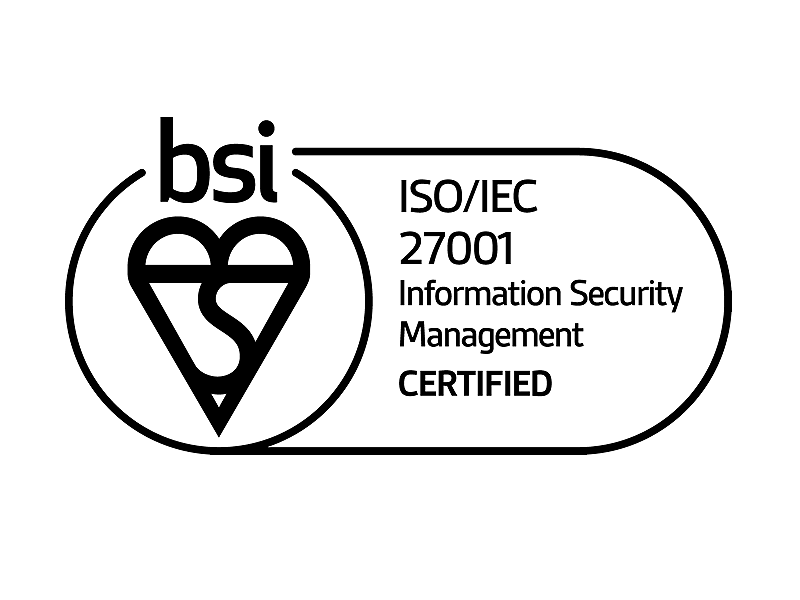Aviva Pension Chairs Statement
Scheme year end 30 June 2019Introduction
Welcome to the annual Chair’s Statement for the BOM Group Limited Retirement and Death Benefits Scheme (‘the Scheme’). This statement covers the requirements set out in the Occupational Pension Schemes (Scheme Administration) Regulations 1996 (‘the Administration Regulations’). It also incorporates the requirements relating to the disclosure and publication of the level of charges and transaction costs within the Occupational Pension Schemes (Administration and Disclosure) (Amendment) Regulations 2018 [SI 2018/233] (‘the 2018 Regulations’), which amends the Administration Regulations to reflect these new requirements.
The Scheme closed to new contributions on 1 October 2016 and has never been used for automatic enrolment duties in respect of any employees. Therefore, the Scheme does not provide a default arrangement under the meaning of regulation 3 of the Occupational Pension Schemes (Charges and Governance) Regulations 2015 for automatic enrolment purposes or the meaning of regulation 2A of the Occupational Pension Schemes (Investment) Regulations 2005.
The Trustee is in the process of winding-up the Scheme and securing members’ benefits outside of the Scheme. The Trustee is in the process of re-opening the Scheme bank account with HSBC plc and once complete, the Trustee will proceed with the payment of any winding-up lump sums requested by eligible members. After which, the Trustee and Company will complete the final stages of the wind-up.
Investment arrangements
Members’ pension pots are invested in a Conventional With-Profits Fund (the ‘Fund’) operated by Aviva Life & Pensions UK Limited (‘Aviva’). The Scheme is not required to have a Statement of Investment Principles as it has fewer than one hundred members.
The Scheme is managed as a bundled arrangement by Aviva, who provides services in respect of administration, investment management and scheme communications. Members are not given any other fund choices in the Scheme.
The Fund aims for longer-term growth by investing in a broad range of assets: UK and global equities, property, fixed interest gilts and other bonds and cash. It is rated as a low to medium volatility fund. The Fund shares out its profits and losses through a system of bonuses, with the aim of smoothing the returns on members’ pension pots over the long term.
Aviva Investors Global Services Limited is currently the main Discretionary Fund Manager, whilst some assets are managed externally. An investment management agreement exists between the companies, which sets out investment strategy and guidelines. Aviva appoints committees to manage the relationship with the Fund managers and be responsible for determining the strategic direction, reviewing performance against benchmarks, setting risk appetite and reviewing both competitor activity and economic outlook alongside expected returns on different asset classes.
Aviva reviews its investment strategy at least yearly but may do so more often if market conditions change suddenly. The Trustee considers this approach to be appropriate for the needs of the Scheme membership.
Processing Scheme transactions
The Trustee has a specific duty to secure that core financial transactions relating to the Scheme (transfer of member assets out of the Scheme, transfers between different investments within the Scheme and payments to and in respect of members) are processed promptly and accurately.
These transactions are undertaken by Aviva on the Trustee’s behalf. The Scheme is closed and therefore no contributions or transfers are paid into the Scheme. A ‘With-Profits Committee’ has been formed, with a majority of independent members, to provide oversight and challenge Aviva to ensure that fairness and customers’ interests are appropriately considered in Aviva’s governance structures and decision-making processes. The Trustee is in regular communication with their point of contacts at Aviva in order to monitor that the objectives are being met and procedures are being followed.
The Trustee is satisfied that there have been no material administration errors in relation to processing core financial transactions and all core financial transactions have been processed promptly and accurately during the Scheme year.
Charges and transaction costs
The Administration Regulations require the Trustee to make an assessment of charges and transactions costs borne by members and the extent to which those charges and costs represent good value for money for members.
Aviva has confirmed that the With-Profits Fund Management Costs are currently:
| Investment expenses and administration costs (%p.a.) | Transaction cost (% p.a.) | Total costs (% p.a.) |
|---|---|---|
| 0.55 | 0.039 | 0.589 |
Value for money for members
The Trustee has considered the following key areas when assessing the value for money for members that the Scheme provides:
Governance – Aviva has a With Profits Committee that is dedicated to five key objectives:
- To challenge Aviva to show that their decisions are fair to all With-Profits customers.
- To check that Aviva is keeping to their ‘Principles and Practices of Financial Management’.
- To make sure that Aviva is being fair to both new and existing With-Profits customers and not favouring one group over the other.
- To help make sure Aviva sends clear and complete communications to With-Profits customers.
- To require Aviva to respond to any recommendations raised by the committee.
Investment – One of the main features of a With-Profits investment is that it aims to grow in value smoothly from year to year rather than being affected by the significant ups and downs of the stock market. This means that this type of investment can protect members’ pensions when markets perform badly, but still let members benefit from some market growth. As the Scheme is invested in a conventional with-profits policy, this means that, at the end of the policy’s term (e.g. the member’s chosen retirement date or the policy’s maturity date) or on death, Aviva pays the basic guaranteed benefit as well as any regular bonuses that have already been added – even if the stock market falls significantly. The guaranteed amount is reduced if the member surrenders their policy before the maturity date.
Administration – Aviva holds the members’ data and deals with members when they wish to take or transfer their benefits. The arrangement has guaranteed annuity rates which apply if benefits are taken in line with the terms and conditions of the arrangement.
Communications – Standard communications are produced by Aviva and typically issued by the Trustee. The main item of communication is the annual benefit statement, including the Statutory Money Purchase Illustration. At retirement, members receive a leaflet on the services provided by Pensions Wise.
Charges – The employer pays the cost of the Scheme services and the only charges borne by members are those outlined above within the Aviva With-Profits Fund. The Trustee’s assessment is that the charges and transaction costs represent fair value for members, particularly in consideration of the bonuses applied and that the total charge is less than the ‘default fund’ charge cap (0.75% p.a.) limited by the Government.
Aviva may add regular bonuses, if any, once a year to the guaranteed amount. Conventional with-profit policies can receive two types of regular bonus, which are added on top of the initial guaranteed amount. These are calculated as:
- A proportion of the initial guaranteed amount; and
- A proportion of any bonuses Aviva has added previously.
Once added, Aviva guarantees that the regular bonus will be paid at the member’s chosen retirement date, the policy’s maturity date or on death. Regular bonuses are designed to be sustainable and provide steady growth over time in the value of members’ investments. The latest bonus rate published by Aviva was 1.5% p.a. for 2019. Aviva expects to announce the next bonus declaration in early 2021. Aviva may also add a final (terminal) bonus to each member’s policy on maturity date, transfer or death. In 2020, Aviva also declared that the Fund has sufficient capital to cover guarantee costs and that there is a surplus in the Fund. The Trustee considers that the underlying guarantees and bonuses provide a valuable benefit to members.
Illustrative impact of costs and charges
Over a period of time, the charges and transaction costs that are taken out of a member’s pension savings can reduce the amount available to the member at retirement. Illustrative examples of the cumulative effect of costs and charges incurred by a typical member up to retirement age are shown within the table below. Table 1 shows the projected pension pot, both before and after charges are deducted, for a member whose starting pot is assumed to be £10,000. Table 2 shows the projected pension pot, both before and after charges are deducted, for a member whose starting pot is assumed to be £50,000. These illustrations have been calculated by Aviva.
Table 1
| Years | Projected Fund assuming no charges (£) | Projected Fund assuming 0.589% p.a. costs (£) |
|---|---|---|
| 5 | 10,300 | 10,000 |
| 10 | 10,600 | 10,000 |
| 15 | 10,900 | 10,000 |
| 20 | 11,200 | 10,000 |
| 25 | 11,600 | 10,000 |
| 30 | 11,900 | 10,000 |
Table 2
| Years | Projected Fund assuming no charges (£) | Projected Fund assuming 0.589% p.a. costs (£) |
|---|---|---|
| 5 | 51,500 | 50,000 |
| 10 | 53,000 | 50,100 |
| 15 | 54,600 | 50,100 |
| 20 | 56,200 | 50,100 |
| 25 | 57,900 | 50,100 |
| 30 | 59,600 | 50,200 |
Notes on projected scenario calculation:
- The benefit amounts represent a notional projected fund value resulting from a range of initial notional pots and contributions, over a range of investment periods, and rounded to the nearest £100. The values are estimates and not guaranteed.
- The projected fund is assumed to grow at 3.1% p.a. and no further contributions are paid.
- The benefit values are shown in today’s money which means they take inflation into account by reducing values at 2.5% p.a.
- With-Profits Fund Management Costs total 0.589% p.a.
- Investment expenses and administration costs: 0.55% p.a.
- Transaction Cost: 0.039% p.a.
- The With-Profits management costs represent the assumed cost of administering members’ policies and professionally investing the Scheme’s money in the FP With-Profits Sub-Fund. Aviva has assumed the current costs continue to apply throughout the projections. These costs are Aviva’s current view of the costs applicable to the Fund which are reflected in the With-Profits declared bonuses.
Trustee knowledge and understanding
Sections 247 and 248 of the Pensions Act 2004 set out the requirement for trustees to have appropriate knowledge and understanding of the law relating to pensions and trusts, the funding of occupational pension schemes, investment of Scheme assets and other matters to enable them to exercise their functions as trustees properly. This requirement is underpinned by guidance in the Pension Regulator’s Code of Practice 07: Trustee knowledge and understanding (TKU).
The Trustee is familiar with the trust deed and Scheme rules and other relevant documents relating to the Scheme’s governance and general administration. Any new member of the trustee board is required to be familiar with these documents within six months of taking up office. In addition, the Trustee receives advice from professional advisers, and the relevant skills and experience of those advisers is a key criterion when evaluating adviser performance or selecting new advisers.
These actions mean that the Trustee has sufficient knowledge and understanding of trust law and pension legislation, as well as having good working relationships with their professional advisers that lead to the Trustee obtaining a good working knowledge and understanding of the principles relating to scheme governance, management and investment.
Taking account of actions taken individually and as a trustee body, and the professional advice available to them from Aviva and their advisers, the Trustee considers that they are enabled properly to exercise their functions as Trustee.
The Statement regarding DC Governance was approved by the Trustee and signed on their behalf by:
Chair
27 January 2021



